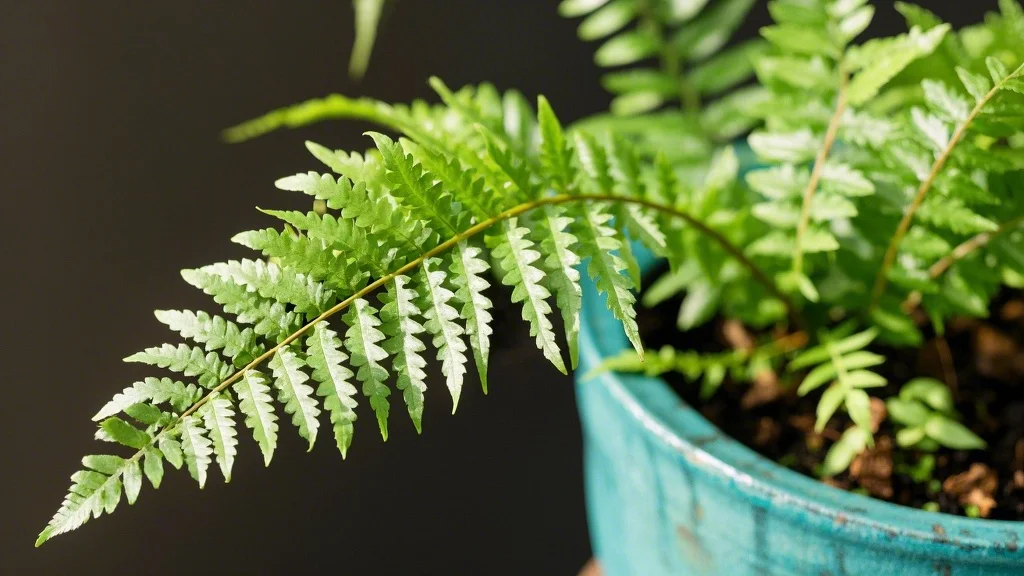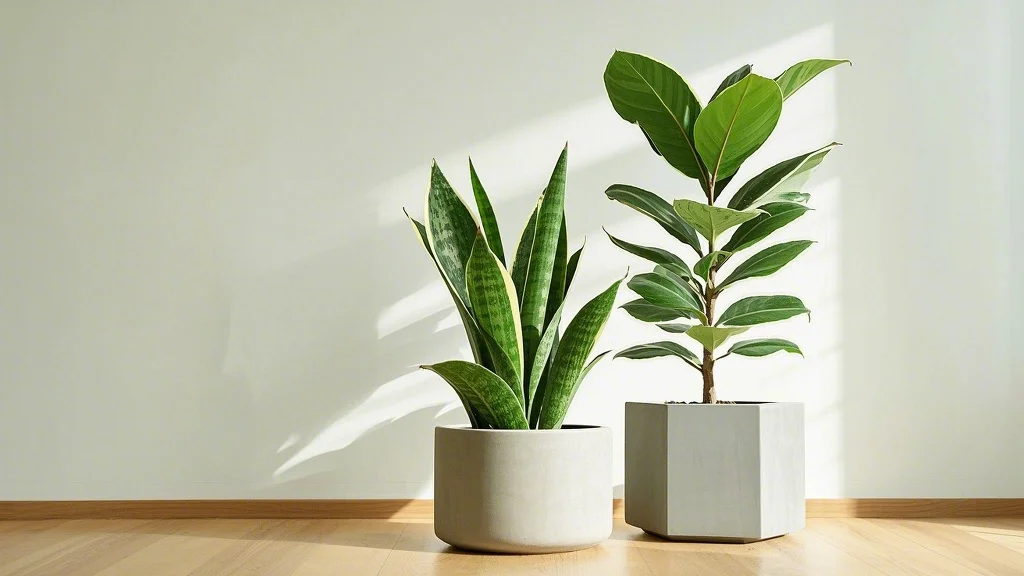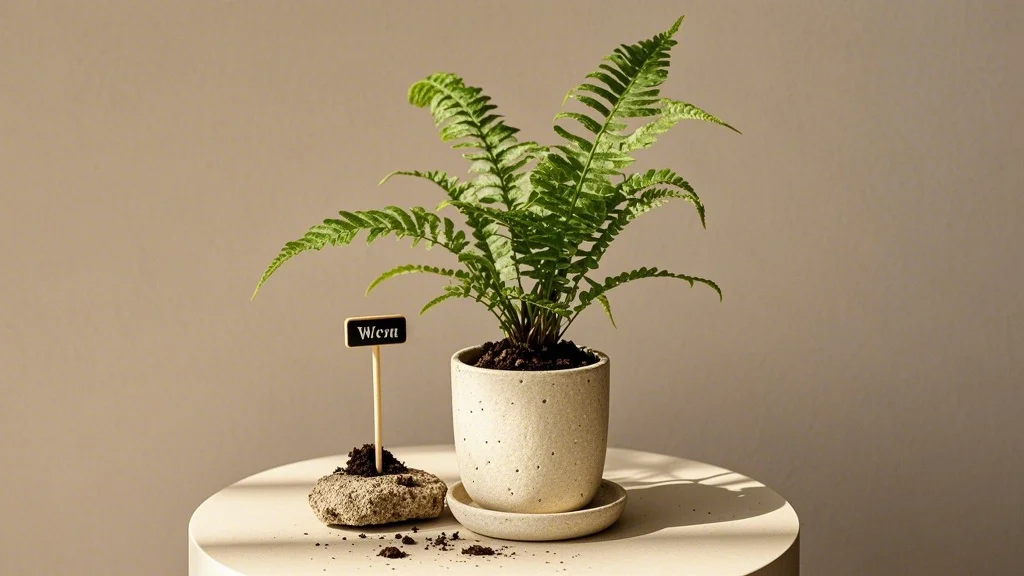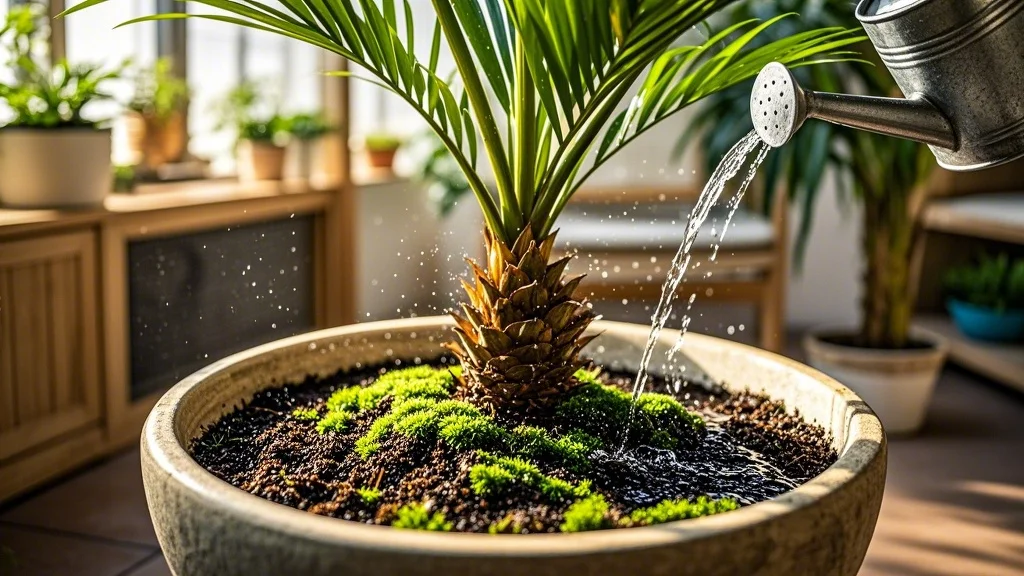Indoor air quality has become a growing concern for urban dwellers as we spend approximately 90% of our time indoors. While our homes protect us from outdoor pollution, they can harbor their own invisible threats: Volatile Organic Compounds (VOCs). These chemicals—emitted from furniture, cleaning products, building materials, and everyday items—can accumulate in enclosed spaces, potentially causing health issues ranging from minor irritations to serious long-term effects.
Nature, however, offers an elegant solution. Certain houseplants possess remarkable abilities to absorb and neutralize specific VOCs, effectively functioning as living air purifiers. This article explores the most effective plants for targeting common indoor pollutants, helping you create not just a beautiful indoor garden, but a healthier living environment.
Contents
Understanding VOCs and Their Sources
Volatile Organic Compounds are carbon-containing chemicals that easily evaporate at room temperature. Common indoor VOCs include:
- Formaldehyde: Found in pressed wood products, insulation, paper products, some fabrics, and many household cleaners
- Benzene: Present in tobacco smoke, vehicle exhaust, glues, paints, furniture wax, and detergents
- Trichloroethylene (TCE): Used in adhesives, paint removers, and spot removers
- Xylene: Found in printing materials, leather, rubber, and paint thinners
- Ammonia: Present in window cleaners, floor waxes, and fertilizers
- Toluene: Emitted from paints, nail polish, synthetic fragrances, and adhesives
These compounds can cause symptoms like headaches, eye irritation, respiratory issues, and dizziness. Long-term exposure has been linked to more serious health concerns, including liver and kidney damage and certain cancers.
How Plants Remove VOCs
Plants purify air through several mechanisms:
- Absorption through leaves: Plants can absorb VOCs through tiny pores called stomata
- Root zone filtration: Microorganisms in the soil around plant roots break down VOCs
- Metabolic processing: Some plants can metabolize certain VOCs, converting them into harmless compounds
- Transpiration: As plants release water vapor, they create air circulation that helps filter pollutants
Top Plants for Removing Specific VOCs

Formaldehyde Fighters
Boston Fern (Nephrolepis exaltata)
- Removal efficiency: Among the highest for formaldehyde
- Care level: Moderate (requires consistent moisture and humidity)
- Placement: Bathrooms, kitchens, or any room with pressed wood furniture
- Additional benefits: Adds humidity to the air
Spider Plant (Chlorophytum comosum)
- Removal efficiency: Removes 95% of formaldehyde in a closed container within 24 hours
- Care level: Easy (tolerates neglect and various light conditions)
- Placement: Near new furniture, cabinets, or recently renovated spaces
- Additional benefits: Produces “babies” easily for propagation
Peace Lily (Spathiphyllum)
- Removal efficiency: Excellent at removing formaldehyde, benzene, and trichloroethylene
- Care level: Easy to moderate (prefers indirect light and consistent moisture)
- Placement: Bathrooms, laundry rooms, or near new carpeting
- Additional benefits: Beautiful white flowers; indicates when it needs water by drooping
Benzene Busters
English Ivy (Hedera helix)
- Removal efficiency: NASA studies show it removes up to 90% of benzene in 24 hours
- Care level: Easy to moderate (prefers bright indirect light)
- Placement: Near garages, attached workshops, or smoking areas
- Additional benefits: Versatile trailing or climbing plant; many decorative varieties
Gerbera Daisy (Gerbera jamesonii)
- Removal efficiency: Excellent at removing benzene and trichloroethylene
- Care level: Moderate (requires good air circulation and well-draining soil)
- Placement: Near printers, recently painted areas, or where art supplies are used
- Additional benefits: Adds vibrant color with long-lasting blooms
Snake Plant (Sansevieria trifasciata)
- Removal efficiency: Effective against benzene, formaldehyde, trichloroethylene, and xylene
- Care level: Very easy (thrives on neglect, tolerates low light)
- Placement: Bedrooms, living rooms, or home offices
- Additional benefits: Releases oxygen at night, making it ideal for bedrooms
Trichloroethylene Removers
Bamboo Palm (Chamaedorea seifrizii)
- Removal efficiency: Excellent at removing trichloroethylene and formaldehyde
- Care level: Moderate (prefers bright, indirect light and consistent moisture)
- Placement: Living rooms, entryways, or near dry-cleaned items
- Additional benefits: Grows to impressive sizes, adding tropical flair
Dracaena (Dracaena marginata, D. fragrans)
- Removal efficiency: Highly effective against trichloroethylene, formaldehyde, and benzene
- Care level: Easy (tolerates low light and irregular watering)
- Placement: Near furniture, carpets, or electronic equipment
- Additional benefits: Architectural form with various leaf patterns and colors
Xylene and Toluene Eliminators
Rubber Plant (Ficus elastica)
- Removal efficiency: Excellent at filtering xylene and toluene
- Care level: Easy (adaptable to various light conditions)
- Placement: Near newly painted walls, new furniture, or craft areas
- Additional benefits: Striking glossy leaves; can grow into an impressive statement plant
Philodendron (various species)
- Removal efficiency: Effective against xylene, toluene, and formaldehyde
- Care level: Easy (adaptable to various conditions)
- Placement: Home offices, craft rooms, or freshly painted spaces
- Additional benefits: Fast-growing with various leaf shapes and sizes
Ammonia Absorbers
Chinese Evergreen (Aglaonema)
- Removal efficiency: Particularly effective against ammonia
- Care level: Easy (tolerates low light and drought)
- Placement: Kitchens, bathrooms, or near cleaning supply storage
- Additional benefits: Decorative foliage with silver, red, or pink variegation
Chrysanthemum (Chrysanthemum morifolium)
- Removal efficiency: Excellent at removing ammonia, formaldehyde, benzene, and xylene
- Care level: Moderate (requires bright light and regular watering)
- Placement: Kitchens, recently cleaned areas, or laundry rooms
- Additional benefits: Colorful blooms in various shades
Creating an Effective VOC-Removing Plant System

For maximum air-purifying benefits, consider these strategies:
Strategic Placement
- High VOC zones: Place plants near potential VOC sources (new furniture, electronics, recently painted walls)
- Breathing zones: Position plants near areas where you spend significant time (desk, bed, couch)
- Room coverage: Distribute plants throughout your home rather than clustering them in one area
Optimal Plant Density
Research suggests 1-2 medium to large plants per 100 square feet for noticeable air quality improvements. For spaces with known VOC issues, consider increasing this ratio.
Plant Combinations
Different plants target different pollutants, so create a diverse collection:
- Bedroom: Snake plant, peace lily, and bamboo palm
- Living room: Rubber plant, spider plant, and English ivy
- Home office: Dracaena, philodendron, and Boston fern
- Kitchen: Chinese evergreen, chrysanthemum, and peace lily
Maximizing VOC Removal Efficiency
Plant Care for Optimal Performance
- Dust removal: Wipe leaves regularly to maintain maximum absorption surface
- Proper light: Ensure plants receive appropriate light for their species to maintain health
- Appropriate watering: Both overwatering and underwatering reduce a plant’s air-purifying capacity
- Soil health: Refresh potting soil annually to maintain beneficial microorganisms
Supporting Practices
While plants are effective, combine them with these practices for best results:
- Ventilation: Open windows periodically to exchange indoor and outdoor air
- Source reduction: Choose low-VOC products when possible
- Humidity control: Maintain 40-60% humidity for optimal plant function and VOC reduction
- Air circulation: Use fans to move air through plant foliage for increased filtration
Special Considerations
Pet and Child Safety
Some air-purifying plants can be toxic if ingested:
- Pet-safe options: Spider plant, Boston fern, bamboo palm, areca palm
- Child-safe choices: Spider plant, Boston fern, Christmas cactus, areca palm
- Plants to use with caution: Peace lily, English ivy, philodendron (toxic if ingested)
Allergy Concerns
- Low-allergen options: Snake plant, spider plant, peace lily (no pollen)
- Potential concerns: Overwatering can lead to mold in soil; some may be sensitive to chrysanthemum pollen
Conclusion
Incorporating VOC-removing plants into your home is a natural, sustainable approach to improving indoor air quality. By strategically selecting plants based on the specific pollutants in your environment, you can create a healthier living space while enjoying the aesthetic and psychological benefits of indoor gardening.
Remember that plants work gradually—their air-purifying effects build over time. For best results, combine a diverse collection of plants with good ventilation and reduced use of VOC-emitting products. With proper care, your indoor garden can become a beautiful, functional system that continuously works to keep your air clean and fresh.
Whether you’re concerned about formaldehyde from new furniture, benzene from art supplies, or a combination of indoor pollutants, there’s a perfect plant ally ready to help you breathe easier in your urban oasis.








